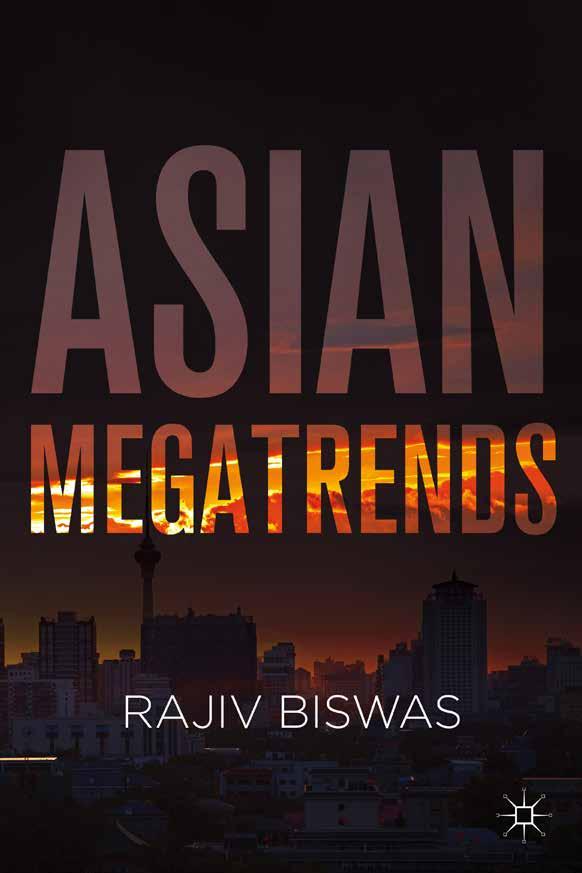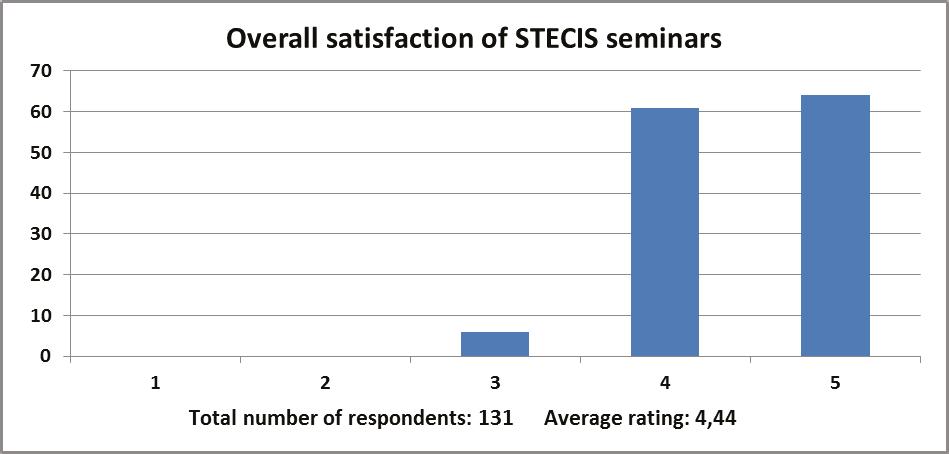The ICISA INSIDER | May 2017 | ARTICLE
Article by Rajiv Biswas, Asia-Pacific Chief Economist, IHS Markit
ASEAN: Asia’s Third Growth Engine Since 2012, the Southeast Asian region has sustained robust economic expansion even as growth momentum has slowed in many other emerging market regions. Indonesia, Southeast Asia’s economic giant, which accounts for around 40% of total ASEAN GDP, has been growing at a robust pace of around 5% per year over the past three years, as has the Malaysian economy. Five other ASEAN economies, namely the Philippines, Vietnam, Myanmar, Cambodia and Laos, have each grown at an average annual pace exceeding 6% GDP growth over the last three years.
ASEAN is forecast to continue to be one of the fastest
With ASEAN economic growth expected to remain
growing areas of the global economy in 2017-18. Over
strong over the next decade, the region’s GDP is also
the next decade, ASEAN is also projected to be one
expected to surpass Japan by 2027, as total ASEAN
of the three growth engines of the Asia-Pacific region,
GDP is projected to reach USD 6.4 trillion.
together with China and India.
ASEAN’s Growth Drivers The combined GDP of the ten countries comprising
One of the most important growth drivers for the ASEAN
ASEAN has grown tremendously since 2000, increasing
region in the past decade has been the rapid economic
from USD 620 billion in 2000 to an estimated USD 2.6
rise of China. While the US, EU and Japan were the
trillion in 2017, measured in nominal USD terms. This
main growth markets for ASEAN exports between the
has catapulted the Southeast Asian region higher in the
1960’s and 2000, China’s economic ascendancy has
global economic order, as ASEAN GDP now exceeds
become a powerful growth driver for ASEAN exports over the past two decades. ASEAN exports to China
‘The combined GDP of the ten countries comprising ASEAN has grown tremendously since 2000, increasing from USD 620 billion in 2000 to an estimated USD 2.6 trillion in 2017, measured in nominal USD terms.’
have risen from USD 35 billion in 2000 to an estimated USD 134 billion by 2015, equivalent to around 11.4% of total ASEAN exports worldwide. China’s investment into ASEAN has also become increasingly significant, with large bilateral investment commitments made to both Malaysia and Philippines in late 2016 when the leaders of both nations visited Beijing in quick succession. A second growth driver for Southeast Asia is China’s One Belt One Road Initiative, which is also playing an
the GDP of India and is already more than double the
important role in boosting investment ties between Chi-
GDP of Australia. On a global scale, the ASEAN regional
na and Southeast Asia. As part of its strategy to improve
economy is becoming an increasingly important eco-
connectivity, China has made significant funding com-
nomic force. Its GDP is forecast to exceed UK GDP in
mitments for infrastructure development in many ASEAN
2017, reflecting the continued rapid ASEAN economic
nations, including Thailand, Cambodia and Laos.
growth as well as the impact of the slumping UK pound following the Brexit referendum in June 2016. ASEAN
China has also led initiatives to create new multilateral
GDP is also forecast to exceed the GDP of France in
development banks to provide infrastructure financ-
2017.
ing for developing countries, notably the AIIB, the New Development Bank and the Silk Road Fund. These
20







